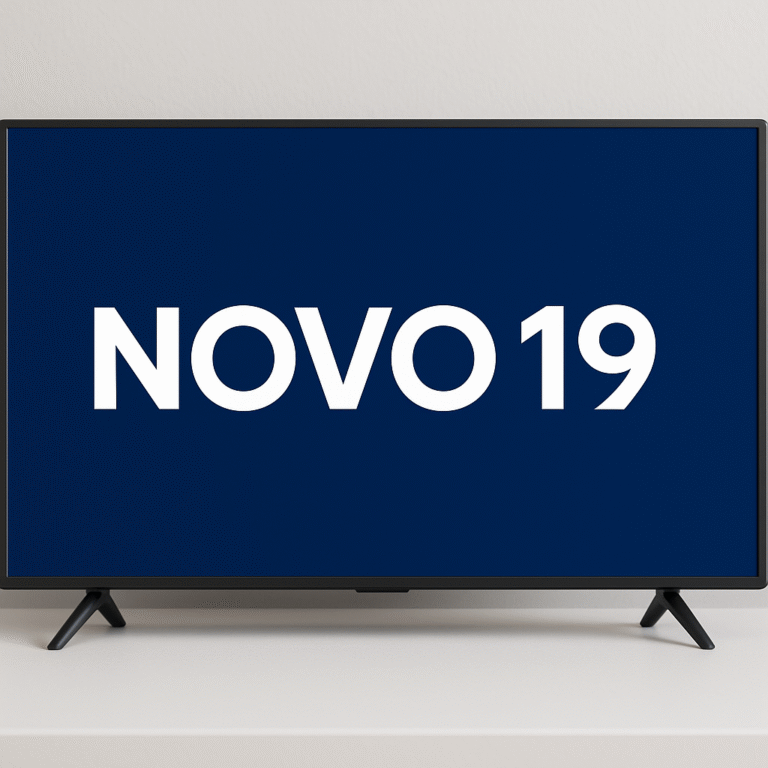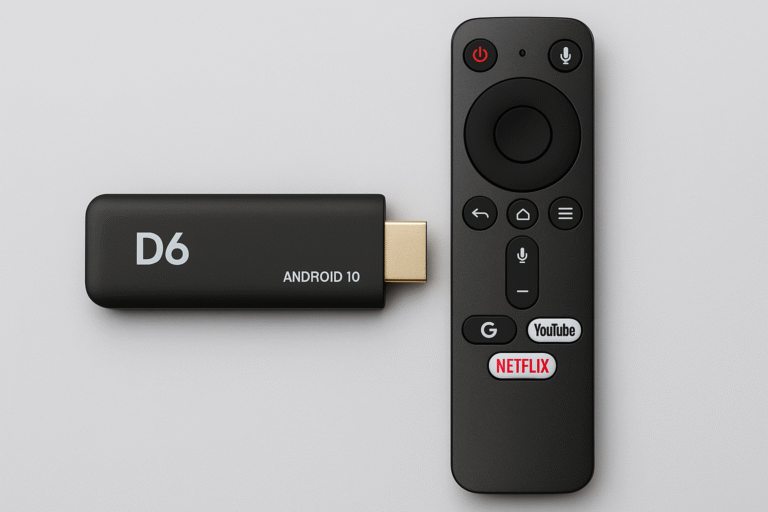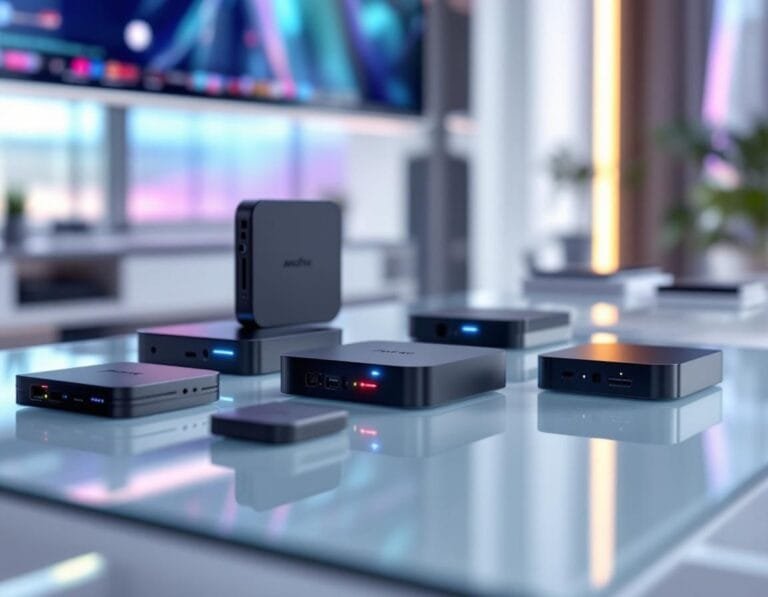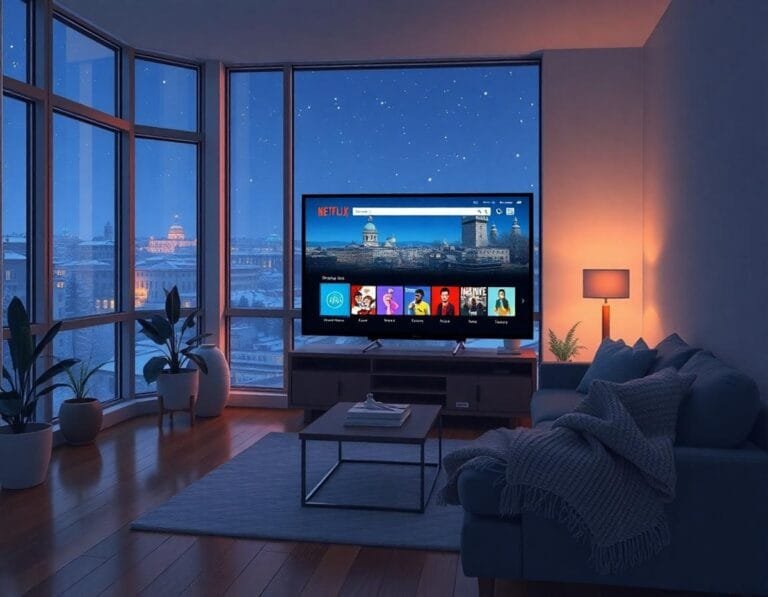Best AV Receivers for Home Theater in 2025 — August Edition
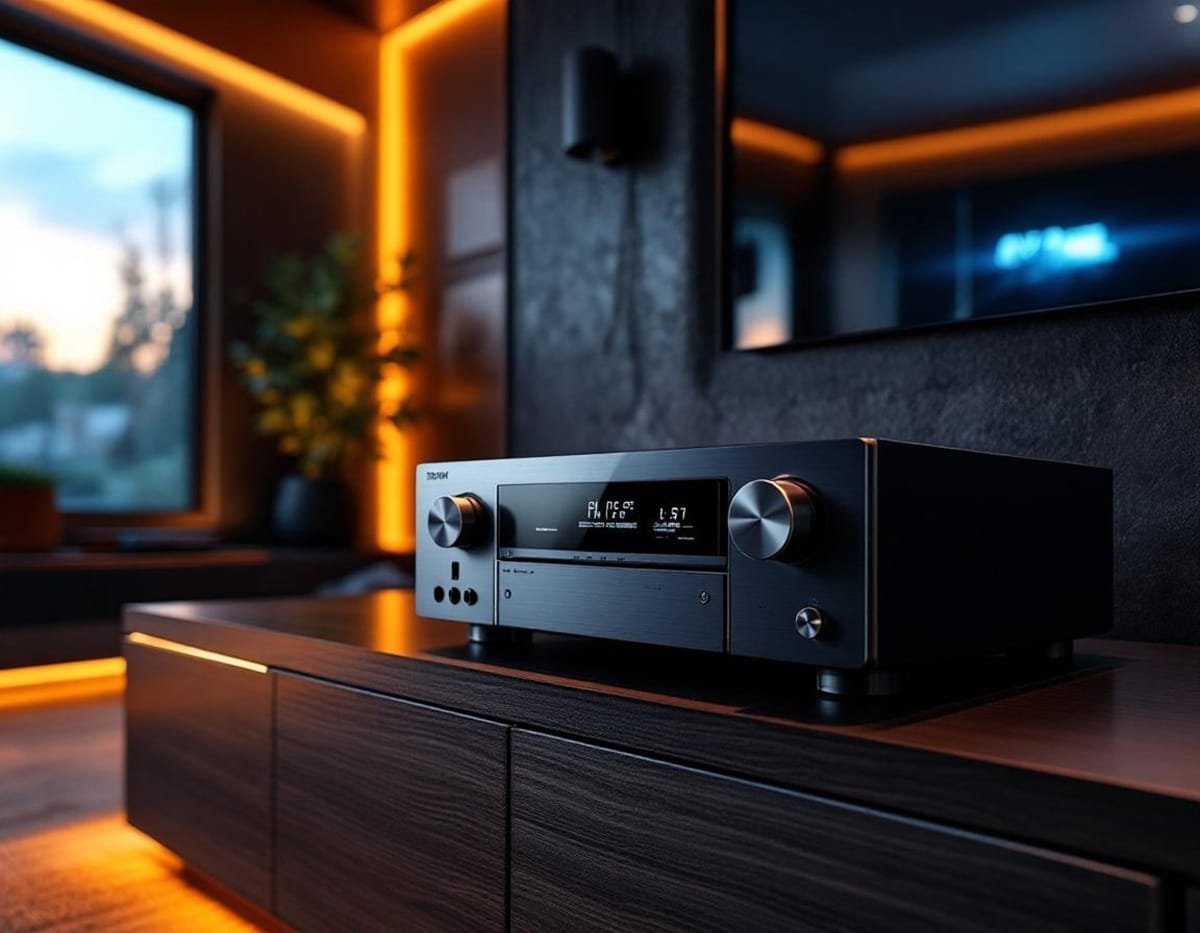
Best AV Receiver for Home Theater: August 2025 Buyer’s Guide [Updated]
An AV receiver sits at the heart of any modern home theater, shaping how you experience movies, shows, and music. With a quality receiver, sound gains depth and clarity, video stays sharp, and every part of your entertainment setup feels seamlessly connected. If you’re searching for the best AV receiver for home theater in August 2025, you want gear that matches new formats like 4K and Dolby Atmos while fitting smoothly into your living space and budget.
This guide gives you practical, up-to-date advice on what to look for, explains what each top-rated receiver offers, and shows you how to make the right choice for your setup. Whether you want deep cinema sound, the latest tech features, or an option that maximizes value, you’ll find clear recommendations based on the latest models.
Top 5 AV Receivers for Home Theater in 2025: Comparison Table
Modern AV receivers keep evolving every year, bringing new features and better performance to your home theater. The best AV receiver for home theater in 2025 balances power, connectivity, and future-ready technology like Dolby Atmos, eARC, and 4K passthrough. To help you decide, here’s a detailed side-by-side comparison of the five top models, followed by an in-depth review of each.
 Photo by Avinash Kumar
Photo by Avinash Kumar
AV Receiver Comparison Table
| Model | Channels | Power (Watts/Ch) | Dolby Atmos | 4K/8K Support | HDMI Ports | Streaming | MSRP |
|---|---|---|---|---|---|---|---|
| Denon AVR-X3800H | 9.4 | 105 | Yes | 4K/8K | 6/3 | Yes | $1,599 |
| Yamaha RX-A6A | 9.2 | 150 | Yes | 4K/8K | 7/3 | Yes | $2,199 |
| Marantz Cinema 60 | 7.2 | 100 | Yes | 4K/8K | 6/2 | Yes | $1,200 |
| Sony STR-AN1000 | 7.2 | 120 | Yes | 4K | 6/2 | Yes | $999 |
| Onkyo TX-NR7100 | 9.2 | 100 | Yes | 4K/8K | 7/2 | Yes | $1,199 |
Denon AVR-X3800H
Denon’s AVR-X3800H stands out as a powerhouse for home theater enthusiasts. It offers 9.4 channels and high-quality amplification, which means detailed sound for everything from blockbuster films to quiet dramas. This receiver handles Dolby Atmos and DTS:X with ease and supports both 4K and 8K content, making it ready for current and future setups.
Pros:
- Flexible channel support for larger speaker layouts
- Robust 4K/8K HDMI connectivity for newer TVs and projectors
- Strong room correction and setup options
- Extensive streaming and voice assistant integration
Cons:
- Higher price, not ideal for budget buyers
- Interface can feel complex for beginners
Yamaha RX-A6A
The Yamaha RX-A6A is a top pick for those who want premium performance and reliability. It offers impressive power output (150 watts per channel) and supports up to a 9.2-channel surround setup. The RX-A6A is perfect for users craving dynamic audio and immersive effects, thanks to advanced Cinema DSP processing.
Pros:
- Excellent sound clarity and punchy bass
- 7 HDMI inputs support 8K video and gaming features
- Yamaha’s MusicCast for flexible wireless audio
- High build quality with a sleek, modern design
Cons:
- More expensive than most home theater receivers
- Larger chassis takes up more space
Marantz Cinema 60
Marantz’s Cinema 60 is tailored for users wanting audiophile-grade sound without breaking the bank. This 7.2 channel receiver delivers rich, natural audio, supporting all major formats including Dolby Atmos. Its minimalist yet attractive design fits well in most modern homes.
Pros:
- Signature Marantz warmth and musicality
- Intuitive interface, easy setup process
- Balanced price for premium performance
- Supports most streaming services and voice commands
Cons:
- Limited to 7 channels
- Lacks some advanced gaming features
Sony STR-AN1000
If you are looking for an affordable yet complete Dolby Atmos receiver, the Sony STR-AN1000 is highly competitive in 2025. This 7.2 channel model provides plenty of HDMI inputs, wireless streaming, and a user-friendly interface, all with a compact footprint that fits small racks.
Pros:
- Budget-friendly with good all-around features
- Simple setup and navigation
- Google Assistant and Alexa compatibility
- Compact size ideal for smaller spaces
Cons:
- Less power output than premium models
- Not 8K compatible
Onkyo TX-NR7100
The Onkyo TX-NR7100 is a versatile home theater receiver balancing strong performance with value. It supports up to 9.2 channels and both 4K and 8K video, making it future-ready. The receiver’s built-in Dirac room correction brings remarkable clarity and presence to movies and music.
Pros:
- Loaded with HDMI options and gaming features
- Solid streaming support
- Strong surround performance for immersive setups
- Reasonable price for the features
Cons:
- User interface feels outdated
- Slightly bulkier than competitors
These standout models each bring powerful sound and extensive features for your home theater, whether you want an affordable solution or full-throttle movie night thrills. Use the table and reviews above to narrow down your shortlist for the best AV receiver for home theater in 2025.
Key Features to Consider When Choosing an AV Receiver
Getting the Best AV Receiver for Home Theater in 2025 isn’t just about picking the highest price or biggest brand. The right choice depends on how well an AV receiver matches your audio, video, and connectivity needs. In this section, you’ll find the essential features that matter most for a theater-like experience at home. By focusing on these categories, you set the stage for movie nights and music sessions that feel impactful and effortless.
Audio Performance and Supported Formats
Sound is the heartbeat of your home theater, and a receiver’s specs play a huge role in the final result. Always check the following:
- Wattage and Power Output: Higher wattage per channel often means stronger, cleaner sound, especially at higher volumes. Look for models with enough power for your room size and speaker sensitivity.
- Clarity and Sound Quality: Harmonic distortion numbers should be low (THD under 0.1%). Some receivers are known for extra warmth, while others deliver crisp detail.
- Surround Sound Formats: Modern home theaters thrive on formats like Dolby Atmos and DTS:X. These provide three-dimensional sound that moves above and around you, making every scene more immersive.
A receiver that nails these key areas will anchor every explosion, dialog, and musical moment with realism. If deep, enveloping audio matters most to you, give special attention to models with advanced decoding and upmixing tech.
Video Capabilities and Compatibility
A good Home Theater Receiver isn’t just about sound. Video features are central for those who want every frame to pop.
- 4K and 8K Passthrough: Choose a 4K AV Receiver—or 8K for future-proofing—if your TV or projector supports ultra high-definition content.
- HDR and Color Support: HDR10, Dolby Vision, and HLG compatibility make colors richer and scenes brighter. This brings out the best in movies and streaming.
- Gaming Features: Low latency, ALLM (Auto Low Latency Mode), VRR (Variable Refresh Rate), and high refresh rate pass-through are key if you often game on your big screen.
Are you shopping for a receiver that will pair with one of the latest smart TVs? Check out the Best Android TVs to Buy June 2025 for a perfect match that supports all these visuals and more.
Connectivity: HDMI, Wireless, and Beyond
Modern AV receivers bring together a wide range of devices, from streaming sticks to turntables. Here’s what to look for:
- HDMI Ports: More is better for flexibility. Make sure all your devices have a dedicated input. HDMI 2.1 is the current standard for 4K/8K and advanced features.
- eARC (Enhanced Audio Return Channel): This lets you pass high-quality sound like Dolby Atmos from your TV directly to your receiver, vital for newer TVs.
- Bluetooth and Wi-Fi: Stream music from your phone, tablet, or computer without wires. Look for receivers with AirPlay 2, Chromecast Built-in, or Spotify Connect for maximum compatibility.
- Smart Home Integration: Many receivers work with Alexa, Google Assistant, or Apple HomeKit for voice commands and automation.
- Wireless Audio Support: Multi-room systems (like Yamaha’s MusicCast or Denon HEOS) let you send music throughout your home easily.
 Photo by Skylar Kang
Photo by Skylar Kang
Ease of Setup and User Experience
A receiver might sound amazing, but setup shouldn’t feel like a technical puzzle. Look for features that make day-to-day use stress-free:
- Auto Calibration: Systems like Audyssey, YPAO, or Dirac Live measure your room and auto-adjust speaker settings for optimal sound.
- User-Friendly Menus: On-screen guides and clear instructions help you get connected quickly, change sources, or tweak settings without confusion.
- Remote and App Control: Mobile apps allow you to manage sources, adjust volume, or set up streaming with a tap. A well-designed remote is great for couch-side changes.
- Troubleshooting Tools: Error prompts, help screens, and good customer support can save you hours if something goes wrong.
When a receiver is easy and intuitive to use, you spend less time fiddling with wires and menus and more time enjoying what you love. These touches add up, making a difference in your daily experience.
Best AV Receiver for Home Theater: 2025 Top Picks Reviewed
Choosing the best AV receiver for home theater in 2025 means balancing sound quality, connectivity, and support for the latest formats like Dolby Atmos and 4K. This year’s market features models that make your living room feel like a movie theater, with user-friendly controls and plenty of power. Here are full, hands-on reviews of the top AV receivers for 2025. Each delivers a unique mix of performance, value, and ease of use, so you can pick the right fit for your entertainment space.
 Photo by Avinash Kumar
Photo by Avinash Kumar
Denon AVR-X3800H
Denon’s AVR-X3800H is packed with power and advanced features for enthusiasts who want a serious home theater receiver. It supports up to 9.4 channels and full 8K HDMI passthrough, covering both current and future entertainment formats. Every movie explodes with soundstage detail, while music stays crisp and dynamic. The receiver also boasts Denon’s renowned Audyssey room correction, so anyone can get optimum sound with minimal fuss. Extensive streaming support and compatibility with Alexa, Google Assistant, and Apple AirPlay make it right at home in any smart setup.
Pros:
- Handles large surround sound systems (up to 9.4 channels)
- 8K HDMI inputs for use with next-gen TVs and projectors
- Powerful, room-filling sound suited for large spaces
- Strong wireless streaming and smart home integration
Cons:
- Pricier than smaller or entry-level models
- Menus can look daunting for new users
Yamaha RX-A6A
The Yamaha RX-A6A stands out for rich detail and reliability, favored by those who care about both music and movies. It outputs up to 150 watts per channel and can drive big, powerful speakers in a true home cinema environment. Yamaha’s Cinema DSP and MusicCast technology enhance the listening experience, while the robust build feels premium from every angle. The receiver also takes care of both audio and video future-proofing, with support for HDMI 2.1, 8K pass-through, and modern gaming features.
Pros:
- Superb audio clarity and immersive effects
- High power output for dynamic movie sound
- MusicCast multi-room support
- Clean look and rugged chassis
Cons:
- Large size may not fit all racks
- Price puts it at the premium tier
Marantz Cinema 60
Marantz Cinema 60 is all about musical warmth, refined sound, and approachability. This model accepts up to 7.2 channels and delivers beautifully balanced audio, whether you’re watching blockbusters or streaming playlists. The receiver offers support for all the key formats, including Dolby Atmos and HDR video, plus features simple menus and easy streaming. Its smaller footprint is great for modern decor, while the accessible price keeps it within reach for many.
Pros:
- Classic Marantz sound signature—rich and smooth
- Very easy to set up and operate
- Supports popular streaming platforms and voice assistants
- Attractive, tidy design
Cons:
- Only handles up to 7 speakers (less flexible for large theaters)
- No dedicated features for next-gen games
Sony STR-AN1000
Ideal for those who want an affordable, compact, and reliable 4K AV receiver, the Sony STR-AN1000 holds its own in this year’s line-up. It delivers 7.2-channel Dolby Atmos sound, streamlined controls, and wireless connectivity (including Chromecast and Spotify Connect). Sony keeps things approachable with a simple interface and automatic speaker calibration. It’s a good match for apartments or setups where space is at a premium, and users appreciate its low cost.
Pros:
- Affordable, accessible price tag
- Compact form saves shelf space
- Good streaming and voice service options
- Smooth, streamlined app and remote
Cons:
- Not compatible with 8K video
- Lower total output than flagship receivers
Onkyo TX-NR7100
Onkyo’s TX-NR7100 is a go-to for shoppers who want a solid mix of value, advanced features, and flexible setup. The receiver drives up to 9.2 channels and accommodates both 4K and 8K signals. Onkyo’s Dirac room correction means you get both punchy bass and crisp dialogue, whether watching a concert or a high-action film. It also stands out for its plentiful HDMI ports and smooth support for gamers, streamers, and music fans.
Pros:
- Supports large surround setups and next-gen video
- Advanced Dirac calibration for precise audio tuning
- Competitive price for the category
- Robust streaming and wireless features
Cons:
- Some users find the OS looks dated
- Larger footprint may not suit small cabinets
Want another look at what’s possible for your living room? For more on TV compatibility and AV upgrades, check out the Top 5 Android Satellite Receiver 4K Models for options that go beyond sound, offering smart features and more channels.
How to Choose the Best AV Receiver
Finding the best AV receiver for home theater in 2025 means focusing on what suits both your needs and your space. Here are some smart tips for shopping with confidence:
- Count Your Channels:
- Choose at least a 7-channel receiver for Dolby Atmos. Want more depth and speaker placement? Step up to 9 or even 11 channels.
- Power Ratings:
- Look for enough watts per channel to fill your room. Small rooms often do fine with 75–100 watts per channel. Large or open rooms benefit from 120 watts or more.
- Compatibility:
- Make sure the receiver supports your TV or projector’s highest video format (like 8K or advanced HDR) and offers HDMI 2.1 connections.
- Feature Set:
- Decide which extras matter: streaming support, smart speaker integration, or gaming enhancements like ALLM and VRR.
- Budget:
- Rank what matters most so you can spend on performance, not just name brands. Quality audio doesn’t always require the top model.
- Space and Build:
- Confirm the receiver’s size fits your rack or cabinet. Some high-powered units are heavy and deep.
- Future-Proofing:
- If you expect to update speakers or display tech, an 8K-ready or modular receiver keeps your system adaptable.
A focused approach lets you shop for features you’ll actually use, helping your system grow alongside your viewing habits.
Final Verdict
Here’s a quick recommendation summary to help you pick the best AV receiver for home theater in 2025:
- Best Value for Money: Onkyo TX-NR7100 (balanced features, 8K support, strong calibration, and fair price)
- Best Overall Performance: Yamaha RX-A6A (powerful output, immersive sound, all-around future-ready features)
- Best for Small Spaces: Sony STR-AN1000 (compact size, affordability, and easy daily use)
With the right receiver, every night feels like premiere night. Choose a model that matches your room, your TV, and your listening style for immersive sound and simple operation every time you press play.
How to Get the Most Out of Your AV Receiver
A top-tier AV receiver is your home theater’s control center, but unlocking its full potential takes more than just connecting a few cables. Proper setup, calibration, and integration can completely transform your experience, whether you love big movie nights or cozy streaming sessions. Here’s how to get the best sound, the smartest controls, and smooth performance from the best AV receiver for home theater in 2025.
Speaker and Room Calibration Tips
Auto-calibration systems built into modern receivers, like Audyssey, YPAO, or Dirac Live, make it easy to tune your speakers for your specific room. These features use a microphone to test and adjust each speaker’s output for the most balanced sound possible. Here’s how to get the most out of calibration, whether your space is big or small:
- Use the auto-calibration first: Place the calibration mic at ear level in your main seating spot. Run the full routine, letting the receiver fine-tune distances, levels, and delays.
- Tweak manually if needed: Even the best automated systems can’t account for personal taste or odd room features. Feel free to adjust speaker levels or EQ for extra bass, more treble, or a bigger “sweet spot.”
- Adapt for space size:
- Small rooms often suffer from bass bloat or echo. Position speakers further from walls and consider using the receiver’s built-in EQ to tame problematic frequencies.
- Large rooms may need higher channel counts and bigger speakers to evenly fill the space. An AV receiver with more watts per channel can ensure you don’t lose impact at higher volumes.
- Recalibrate after big changes: Moving furniture or adding decor affects acoustics. Run calibration again for the best results.
- Check speaker placement: Follow your receiver’s guide for ideal distances between speakers and your listening area. Toe-in front speakers slightly for a more focused image.
Taking time to optimize both calibration and speaker layout is the best way to make your system sound like a movie theater, whether you live in a studio or a sprawling family room.
Integrating Streaming and Smart Devices

Photo by cottonbro studio
Your AV receiver can do much more than handle Blu-ray players and cable boxes. Today’s best AV receiver for home theater options double as smart control hubs, letting you link TVs, streaming devices, and voice assistants for a truly connected entertainment zone.
For a seamless setup:
- Connect streaming devices via HDMI: Plug Apple TV, Roku, Chromecast, or Fire TV sticks directly into available HDMI ports. This keeps video and audio at the highest quality, especially with 4K and Dolby Atmos content.
- Sync your smart TV: Use eARC or ARC (Audio Return Channel) to route high-quality digital audio from your smart TV’s apps back to the receiver with a single HDMI cable.
- Pair voice assistants: Many receivers now support Alexa, Google Assistant, or Siri. Voice commands let you change sources, control volume, or start a playlist without picking up a remote.
- Enable wireless audio: Use Bluetooth, AirPlay 2, Chromecast, or even Spotify Connect to stream music from your phone or tablet straight to your home theater speakers.
- Group devices for multi-room audio: If your AV receiver supports multi-room systems (like Denon HEOS, MusicCast, or Google Home), you can play music in different rooms or fill the whole house with the same soundtrack.
Want to expand your streaming setup on a Windows device? Check out the Simple IPTV Players for Windows in 2025 for tips on adding more viewing flexibility and integrating smart features into your home theater.
A fully integrated system gives you faster access to content and easy control, making movie nights and streaming sessions a breeze from any seat in the house.
Conclusion
The Best AV Receiver for Home Theater gives you ultimate control and quality in your entertainment room. By weighing audio performance, connection options, supported formats, and ease of use, you set yourself up for satisfying movie nights and crisp music listening for years to come. Take your time to match the features of each model to your system needs and room setup.
With careful evaluation, you can confidently pick the right receiver for your budget and upgrade path. For those interested in streaming and connected living rooms, exploring options like the Best IPTV Players for Google TV can further extend your AV system’s capabilities.
Thank you for reading. Share your thoughts or experiences below—your feedback helps others build their perfect home theater.



